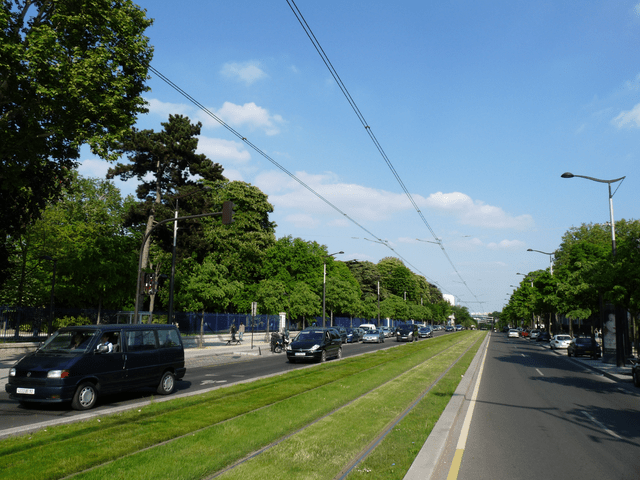Avenue vs Boulevard
Avenues and boulevards are two types of roads that can sometimes be confused as the same thing, even though there are differences between them. Both types of roads are typically found in urban areas. This article will explore the distinctions between avenues and boulevards.
What is an Avenue?
An avenue is a type of road primarily seen in urban settings. It is not a multi-lane thoroughfare, but rather a single, straight road that is often lined with trees or shrubs on both sides. Avenues can also have houses along either side, which means there may not be many parking areas available. Traffic can move quickly on an avenue since there are no additional roadways on either side. All vehicles can use an avenue and move unimpeded, and pedestrians can walk across or alongside it.
What is a Boulevard?
A boulevard is another type of road found in urban areas, typically wider in appearance compared to an avenue. Boulevards are usually multi-lane thoroughfares, with or without trees lining both sides. However, they often have a grass patch as a median to separate the two directions of lanes. Shops and other stores can be found on either side of a boulevard, which is designed for slower traffic and has parking areas available. Vehicles on a boulevard must move slowly and carefully due to the presence of roadways on each side. The main road of a boulevard is for traffic, while peripheral roads are for pedestrians or cyclists.
Key Takeaways
- Boulevards have multiple lanes and often a median, while avenues are single, straight roads.
- Avenues are typically lined with trees, while boulevards may or may not have trees but often have a grassy median.
- Traffic on an avenue is usually faster than on a boulevard, as there are no additional roadways for pedestrians or cyclists.
